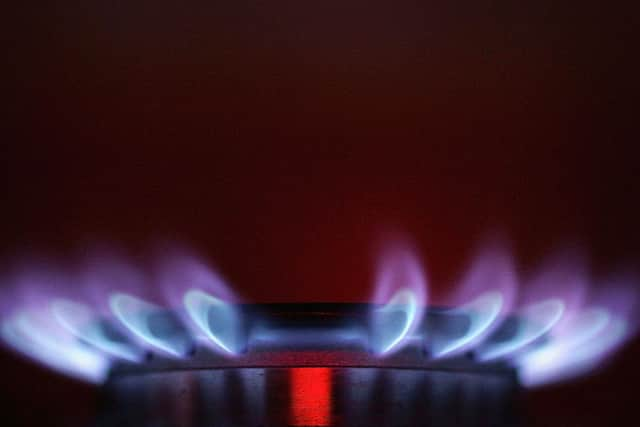Thousands of Northamptonshire families in fuel poverty set for tough winter with rising energy bills and £20 less in benefits
and live on Freeview channel 276
Thousands of families living in fuel poverty across Northamptonshire are set to be the hardest hit this winter as energy bills up due to wholesale gas prices reaching record highs.
The Joseph Rowntree Foundation said the impending cut to the £20 universal credit uplift and surging energy prices could plunge people into poverty.
Advertisement
Hide AdAdvertisement
Hide AdPeter Matejic, from the charity, said: “Wherever they live, millions of families across the country will immediately face unnecessary hardship and be forced to make impossible decisions between feeding their families, heating their homes, or paying the bills.


“If the prime minister wants to truly level up and improve living standards in the face of the rising cost of living, he must reverse this damaging cut or risk his premiership being defined by plunging people into poverty.”
How many people are in fuel poverty?
Department of Business, Energy and Industrial Strategy figures show an estimated 38,238 families in Northamptonshire were living in fuel poverty in 2019 – around 12 per cent of all households in the county.
Corby is the area with the highest proportion at 14 per cent, with East Northamptonshire, Kettering, Northampton and Wellingborough second with 13 per cent - the same as the whole of England.
Advertisement
Hide AdAdvertisement
Hide AdDaventry's is 11 per cent and South Northamptonshire has the lowest with 10 per cent.
Though calculations vary, fuel poverty is generally determined by measuring household income, household energy requirements and fuel prices.
'Investment into making homes more energy efficient'
A government spokesperson said it provides price protection for low income and vulnerable consumers on default tariffs through the energy price cap and the warm home discount scheme.
“We are investing £1.3 billion into making homes more energy efficient, cheaper to heat and helping low-income families significantly reduce their energy bills," they said.
Advertisement
Hide AdAdvertisement
Hide Ad“The uplift to universal credit was always temporary, to help claimants through the economic shock of the toughest stages of the pandemic.”
How is fuel poverty measured?
More than four million families across the UK are classed as living in fuel poverty by their respective devolved governments, analysis by this newspaper's sister site, NationalWorld, reveals.
In England, households need to be in a home with an inefficient energy rating to be classed as in fuel poverty, as well as being left below the poverty line after heating costs.